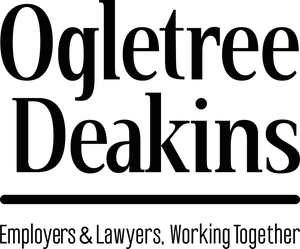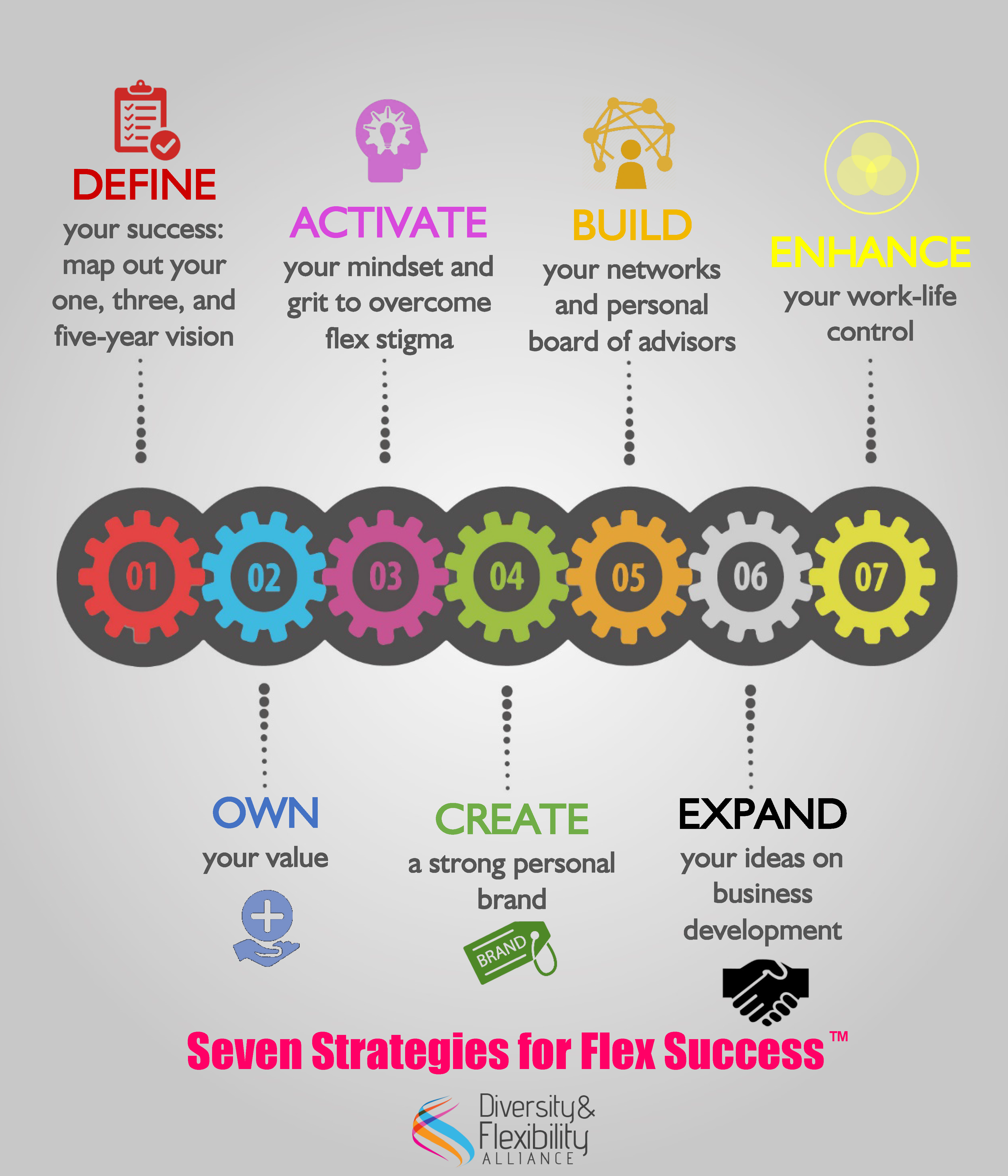As we release our fifth annual New Partner Report this week we are pleased to see that the percentage of women promoted to partnership in major U.S. law firms is continuing to steadily increase. This year, we found that 37.3 percent of new partners were women, up from 34 percent last year and 33 percent in 2014. We are even more pleased and proud that our member firms are outpacing the national average with 38.3 percent of new partners being women. As the National Association for Legal Placement (NALP) reported in 2015 the total percentage of women partners is 21.46 percent, so these incoming classes are clearly going to increase the overall numbers of women in firm leadership.
While we are optimistic that major law firms might one day have an even balance of men and women in their partnership and leadership ranks, the industry still has a long way to go. Research shows us that there is still some work to be done before firms retain as many women as they do men over the years. Remember, according to NALP, 48 percent of graduating law school students are women and 44.68 percent of law firm associates are women, so we need to understand why these percentages are dropping to 21.46 at the partner level and 37.3 in terms of partner promotions. Read more


 Diversity & Flexibility Alliance: How have you made flexibility a priority and a success through your schedule?
Diversity & Flexibility Alliance: How have you made flexibility a priority and a success through your schedule? Morales: What was the impetus for creating a formal flex policy?
Morales: What was the impetus for creating a formal flex policy?

 Diversity & Flexibility Alliance: How have you made flexibility a priority and a success through your schedule?
Diversity & Flexibility Alliance: How have you made flexibility a priority and a success through your schedule?